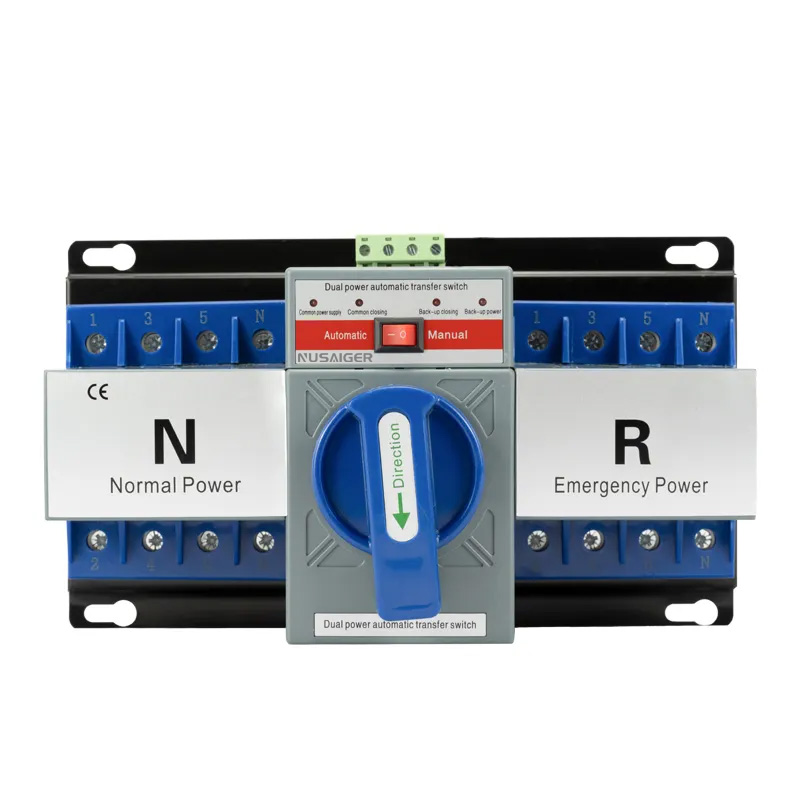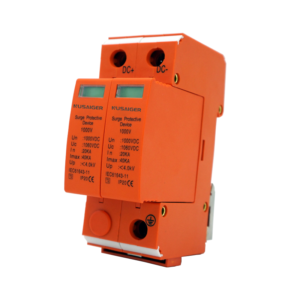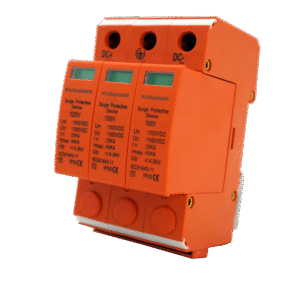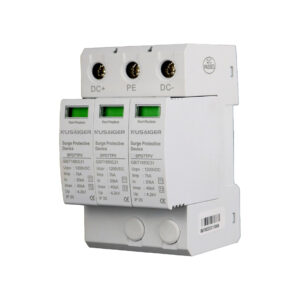Introduction
Choosing the correct Automatic Transfer Switch (ATS) is crucial for ensuring reliability, safety, and long-term cost-effectiveness. With various types, sizes, and configurations available, selecting the right ATS can be overwhelming. This guide breaks down the decision-making process into simple steps.
Step 1: Determine Your Load Requirements
Start by calculating the total electrical load (in kW or Amps) that will be supported by the ATS. Include all essential systems like HVAC, lighting, computers, and critical machinery.
Tip: Always choose an ATS with a 25% higher capacity than your peak load.
Step 2: Choose the Transfer Type
Open Transition (Break-Before-Make): Safely disconnects from one power source before connecting to another.
Closed Transition (Make-Before-Break): Connects both sources momentarily to prevent power interruption.
Step 3: Phase and Voltage Compatibility
Single-Phase ATS: For residential and small commercial use.
Three-Phase ATS: For industrial and commercial facilities.
Match with your system voltage: 120V, 240V, 480V, etc.
Step 4: Manual, Automatic, or Bypass?
Manual Transfer Switch: Requires user operation.
Automatic Transfer Switch: Transfers load automatically.
Bypass Isolation ATS: Allows maintenance without downtime.
Step 5: Indoor vs. Outdoor Enclosure
Indoor: For clean environments.
Outdoor: Weatherproof, suitable for harsh conditions.
Step 6: Brand, Warranty, and Certification
Look for:
UL 1008, IEC 60947-6-1 certifications
Minimum 2-year warranty
Reputable brands like Schneider Electric, ABB, Eaton, Siemens
Conclusion
The right ATS not only enhances reliability but also protects critical infrastructure. Assess your application, load requirements, and environment to choose wisely.



